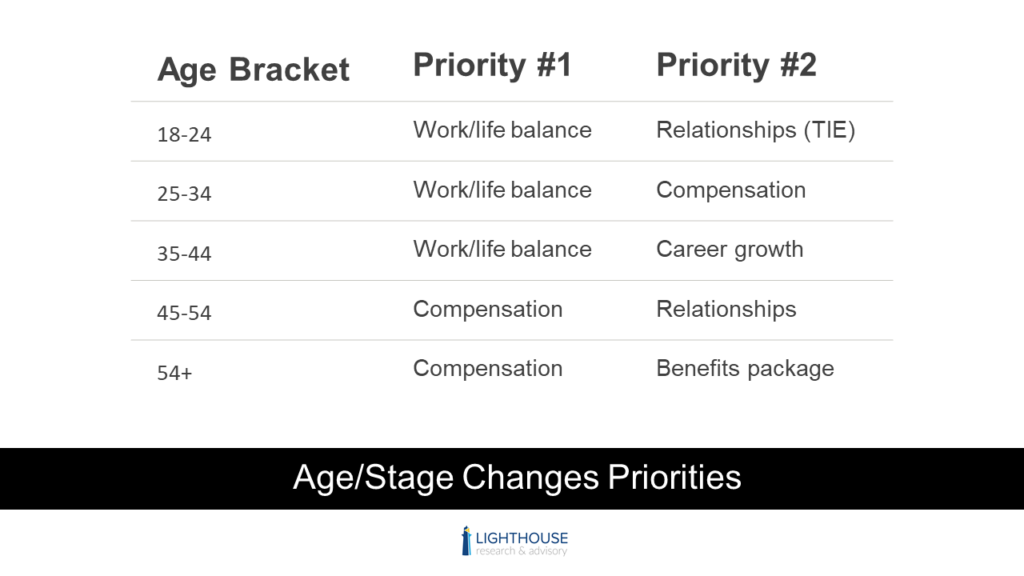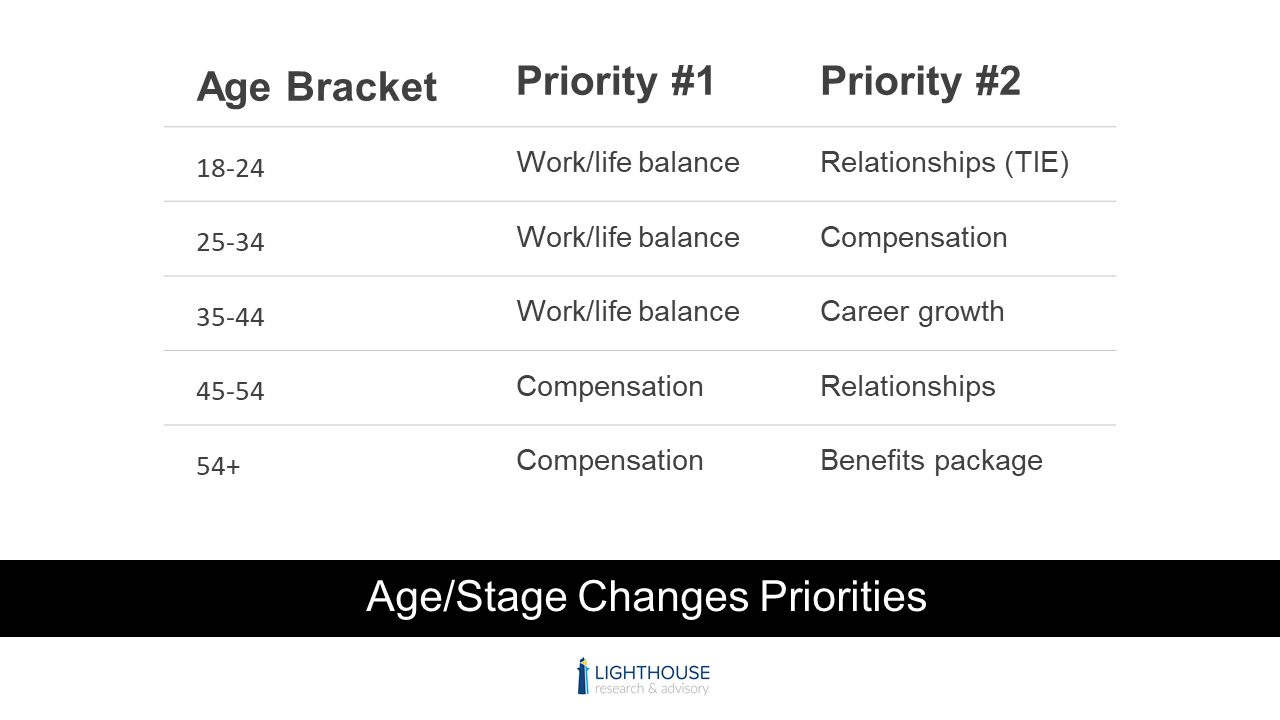“What do you mean he’s leaving?”
I was in a bit of a panic. We were on the verge of delivering a large project to the customer, and I’d just gotten word that one of our senior software engineers was quitting. He was arguably the sharpest person on the entire team, and I didn’t see how we would be able to recover in time to hit the deadline. I gathered up my courage to go tell the project manager, hoping that he had some plan to mitigate the risk associated with this departure.
The story above still seems incredibly vivid to me, even 10+ years after it happened. As an HR leader, I felt the impact when one of our key people left, and I knew the ripple effect it would have on our customer relationships, our projects, and the rest of the team. When people leave an organization, it can be unnerving at best and incredibly challenging at worst. That said, people leave jobs every day. They have issues with stress and burnout, pay, or (commonly) a manager that doesn’t invest in or support them adequately.
In our study on employee turnover and engagement, we found that many of the things we heard in the headlines weren’t quite true. Contrary to popular belief, most employees aren’t standing with one foot out the door, waiting for that final action to drive them from the company. In fact, the data were so clear that people were not feeling that way that we called the study The Great Reprioritization, because it reflects how people are making different decisions and setting different priorities today.
The Great Reprioritization: Key Findings
If we had to sum up the entire research effort, which spanned thousands of workers, it would be this: employees leave as a last resort, therefore we have many opportunities to save them before they depart.
In the research we asked what things were driving people to leave their jobs. We also asked what mattered most to people in their work. The top answers?
- Work/life balance
- Compensation
- Relationships
But wait! If you stop here, you’ll miss the real findings. These items were intriguing, and trying to support them will be generally helpful from an employer perspective. However, when we break priorities out by age group, it shows just how complicated these kinds of things can get.

Source: Lighthouse Research & Advisory, 2021 The Great Reprioritization Study (n=2,000)
As you can see, if an employer only looks at the top three priorities and selects work/life balance as their area of focus, they would ignore the top two needs of workers ages 45 and older. Not only that, but if you look closely, you see that no two age groups share the same top two priorities.
It quickly becomes apparent that that we can’t just take a broad or general approach to this problem, not if we want a diverse workforce to feel and appreciate the impact of what we’re doing to support them. Thankfully with modern technology, we don’t have to.
Technology Adds Incredible Value to Retention Strategy
In a perfect world, managers everywhere would spend time with their people on a consistent basis, understanding their needs, addressing their challenges, and supporting their goals.
As you well know, we don’t live in that perfect world.
And in spite of what many business and talent leaders are doing, they can’t have that same impact that a direct manager can. It’s highly unlikely that any manager wakes up in the morning asking themselves, “How can I be awful at my job today?” And yet workers everywhere are starved for good leadership.
A part of the problem is that it seems so big and complex. Having one direct report is one thing, but when a manager has four of them, it suddenly becomes exponentially harder to support any one of them. After all, they need help with training and career development, recognition and appreciation, support and encouragement, and the list goes on. It would be very easy to be overwhelmed by this.
That’s where technology comes in.
Today’s tools can help leaders by giving them a place to prioritize their efforts and focus, even down to the individual employee level. Instead of doing something vague and hoping that it supports every employee, managers can have more targeted interventions with what their people need on a personalized basis.
For the last few years, the debate about humans and technology has raged on. Which is best for supporting workers? Which leads to better outcomes? The real answer isn’t either/or–it’s and. Managers and talent teams with the right technology at their fingertips can see more, help more, and do more than those who are trying to tackle all of these things manually. And the results and impact on employee retention will reflect that.
In the video below, recorded for the recent HR Summer School event, I had the opportunity to interview Praisidio’s CEO about these concepts. Check it out to learn more.

Ben Eubanks is the Chief Research Officer at Lighthouse Research & Advisory. He is an author, speaker, and researcher with a passion for telling stories and making complex topics easy to understand.
His latest book Talent Scarcity answers the question every business leader has asked in recent years: “Where are all the people, and how do we get them back to work?” It shares practical and strategic recruiting and retention ideas and case studies for every employer.
His first book, Artificial Intelligence for HR, is the world’s most-cited resource on AI applications for hiring, development, and employee experience.
Ben has more than 10 years of experience both as an HR/recruiting executive as well as a researcher on workplace topics. His work is practical, relevant, and valued by practitioners from F100 firms to SMB organizations across the globe.
He has spoken to tens of thousands of HR professionals across the globe and enjoys sharing about technology, talent practices, and more. His speaking credits include the SHRM Annual Conference, Seminarium International, PeopleMatters Dubai and India, and over 100 other notable events.

